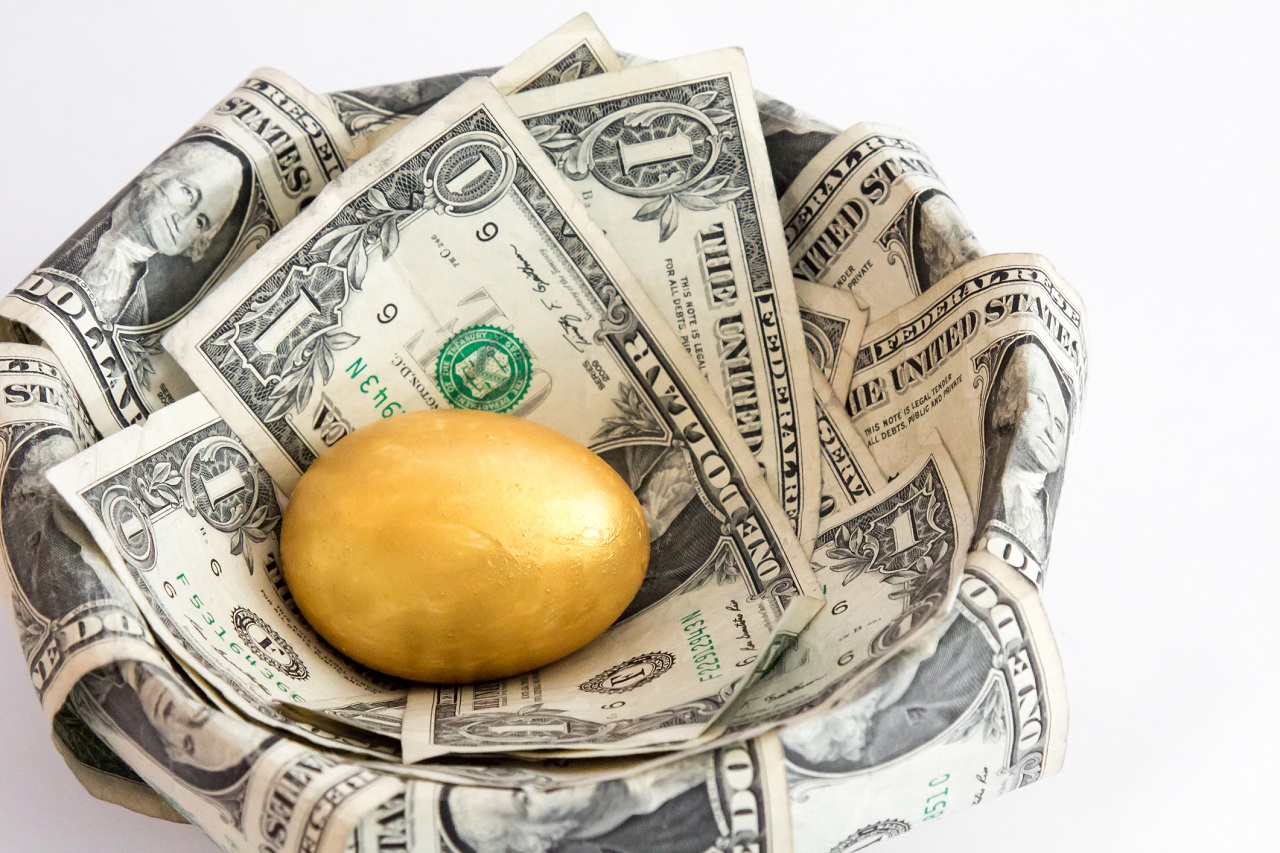How to Tap Into Your Nest Egg
Use the 4% rule to help determine how much you'll need and when.


Set Your Strategy
How do you tap a nest egg without depleting it too soon? The math is tricky because you don't know how long you'll need the money or whether you'll be hit with big medical or long-term-care bills. And no one can be certain that the stock and bond markets will deliver predictable returns over the next three or four decades.
In fact, many retirees are so afraid of running out of money that they are overly frugal -- even when they have plenty of assets or the safety net of a pension, according to a recent study by the Employee Benefit Research Institute. EBRI found that people with $500,000 or more in savings at retirement spent down less than 12% of their assets over 20 years. That's good news for heirs, but it also suggests that retirees are scrimping unnecessarily.
To help new retirees navigate withdrawals, advisers often recommend the "4% rule" as a starting point. This strategy is designed to make a portfolio last at least 30 years -- through bear markets and bouts of high inflation.
From just $107.88 $24.99 for Kiplinger Personal Finance
Become a smarter, better informed investor. Subscribe from just $107.88 $24.99, plus get up to 4 Special Issues

Sign up for Kiplinger’s Free Newsletters
Profit and prosper with the best of expert advice on investing, taxes, retirement, personal finance and more - straight to your e-mail.
Profit and prosper with the best of expert advice - straight to your e-mail.
The rule is simple. Retirees in the first year of retirement withdraw 4% from their 401(k)s and other tax-deferred accounts, where most workers hold their retirement savings. Thereafter, retirees increase the dollar amount of their annual withdrawal by the previous year's inflation rate. For example, if you have a $1 million nest egg, you withdraw 4% -- or $40,000 -- the first year of retirement. If inflation that year is 2%, in the second year of retirement you boost your withdrawal to $40,800. If inflation jumps to 3% that year, the dollar amount for the next year's withdrawal rises by the same rate, to $42,024. And so on.
Research behind the rule. This strategy has been a rule of thumb for millions of retirees, but it was considered radical when it was first proposed in 1994 by William Bengen. Bengen is an MIT graduate in aeronautics and astronautics who later became a certified financial planner.
"I got some hate mail," says Bengen, 71, now retired and living in La Quinta, Calif. Some of it was from financial advisers who had been telling clients they could safely withdraw 6% or 7% annually from their nest egg because the average annual return on a balanced portfolio was 7.5%, he says.
But those high withdrawal rates ignored the impact of bear markets. A bear market can devastate a nest egg if it happens early in retirement. Bengen looked at how portfolios would hold up under actual historical returns, including for someone who retired in the late 1960s and experienced two bear markets (1968–1970 and 1973–74) followed by a decade of high inflation. "That's a lethal combination for a retiree -- bad market returns and high inflation," Bengen says. He concluded that a safe initial withdrawal rate from tax-deferred accounts for a 30-year retirement is 4%, with subsequent withdrawals adjusted for inflation.
Bengen recalculated his numbers for a 2006 book and found that by adding small-company stocks (which have greater growth potential than large-company stocks) to a portfolio, a retiree could bump up the initial withdrawal rate to 4.5%. (But 4% is still the recommendation for those Bengen calls his "Methuselah clients" -- the ones who will likely have exceptionally long life spans.) When he made changes to the portfolio, Bengen also revised his 1994 recommended asset allocation of as much as 75% in stocks. Today, he recommends that retirees maintain a portfolio of half stocks and half bonds and cash.
Bengen says his rule was not meant to be etched in stone. A resumption of 1970s-style inflation—say, 9% or 10% a year -- for a decade could cause the rule to fail, he says. Plus, as a planner, he would never have applied the rule without taking a client's total financial situation into account. For instance, a retiree who is determined to leave money to heirs might withdraw less, while another with a predictable, fixed-rate mortgage could take out more.
Other strategies. Bengen's rule isn't universally accepted. Some critics claim it's too stingy; others say it's too generous. Wade Pfau, a professor of retirement income at the American College of Financial Services, is in the latter camp. He says given how low interest rates have been, 3% would be a safer initial withdrawal rate for a 30-year retirement -- or a 2.7% rate if you're planning for a 35-year retirement.
But Pfau says retirees could start with a withdrawal rate as high as 4.5% with the understanding that they will need to cut spending later, which most people naturally do after age 75. They can also buy an annuity that guarantees income for life to cover their basic expenses -- allowing them to invest more aggressively.
The 4% rule still serves its purpose, "which is to help people translate a pile of money into a reasonable income stream," says Stuart Ritter, senior financial planner at T. Rowe Price. "And it still serves as a good starting point for the first year of retirement."
Ritter suggests that retirees review their withdrawals annually, because spending doesn't always go up every year at the rate of inflation. And retirees should recalculate their withdrawal rate every five years to see whether adjustments are needed, he adds. If you weren't clawed by a bear market, your portfolio performed well, and you now have five fewer years of retirement to fund, you might be able to give yourself a raise beyond the annual inflation rate, Ritter says. You can run your own numbers -- and find out the likely success rate of not running out of money before you run out of time -- by using T. Rowe Price's Retirement Income Calculator.
"The rule still works," says Wes Moss, a certified financial planner in Atlanta, who recently updated Bengen's original research to include those retiring at the start of the past two bear markets. He found that 70% of the time, the portfolio lasted 50 years or more. In the worst-case scenario, the money ran out in 29 years. Moss says that if withdrawal rates were slashed to well below 4%, as some suggest, then only rich people could afford to retire. "Retirement is hard enough for most people," he says. "To start making the retirement rules so conservative that it basically prices everybody out of the market, what's the point?"
TAKE OUR QUIZ: Put Your Retirement IQ to the Test
Profit and prosper with the best of Kiplinger's advice on investing, taxes, retirement, personal finance and much more. Delivered daily. Enter your email in the box and click Sign Me Up.
